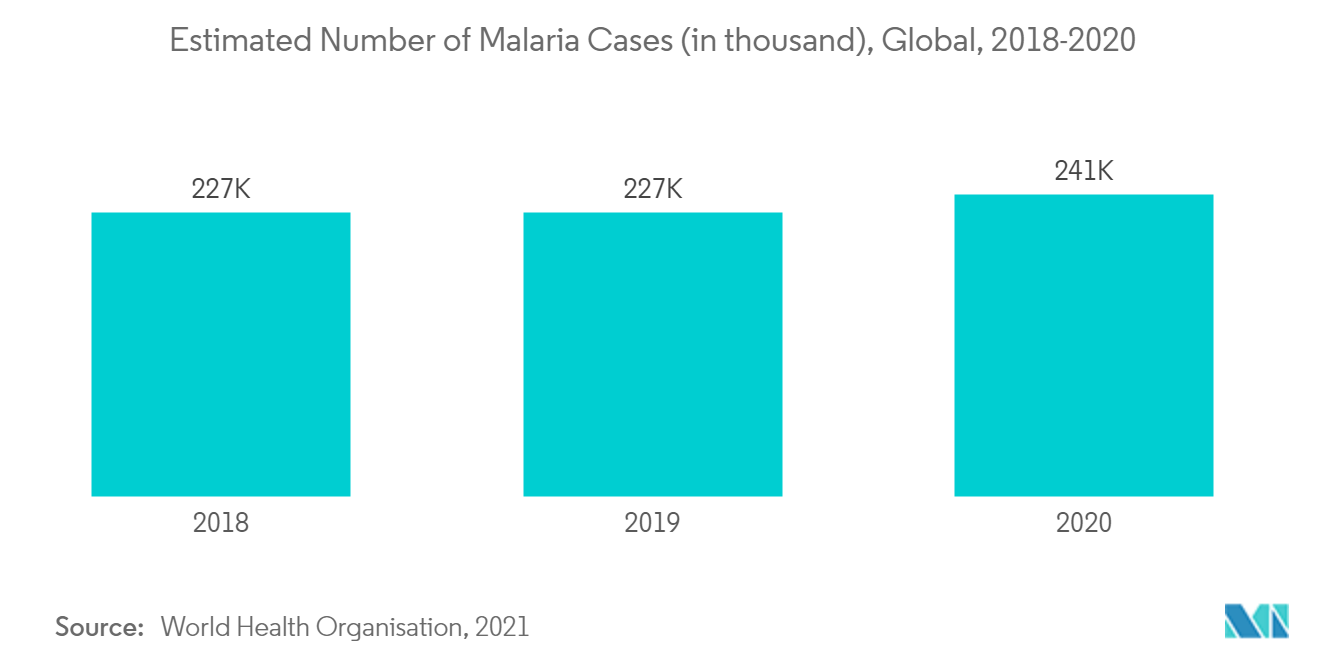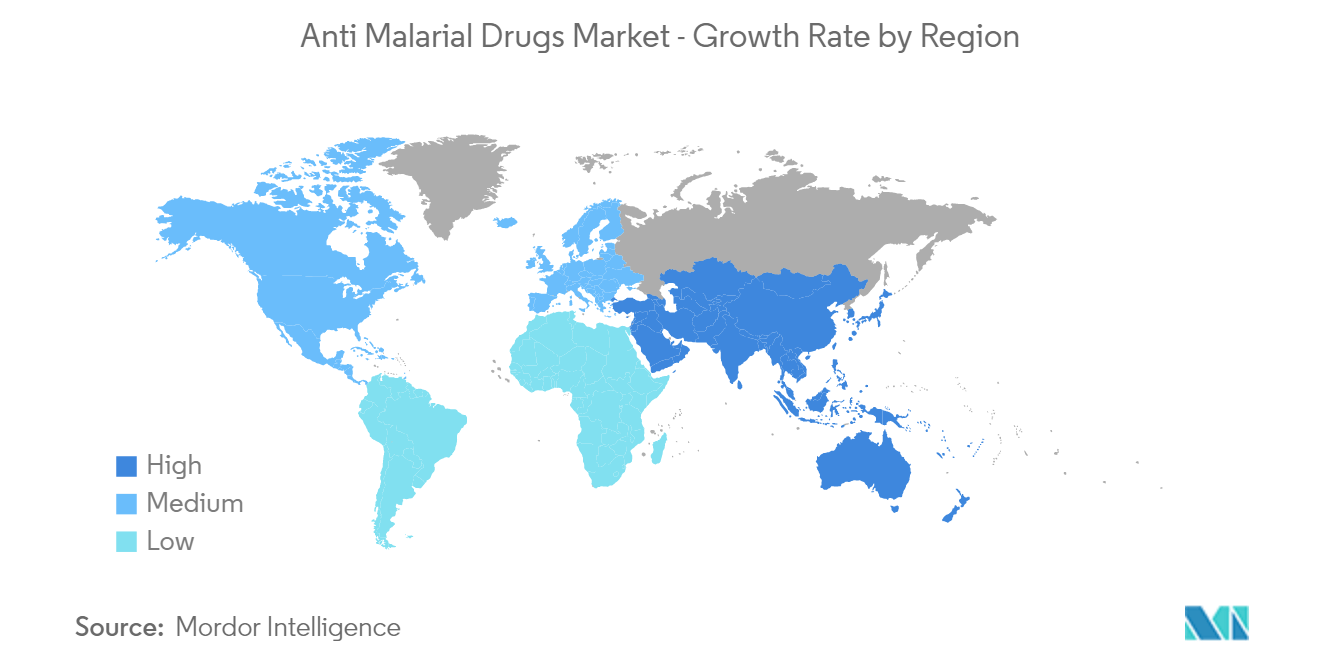Market Trends of Global Anti Malarial Drugs Industry
This section covers the major market trends shaping the Anti Malarial Drugs Market according to our research experts:
Artemisinin Compounds Segment is Expected to Register High Growth During the Forecast Period
The artemisinin-based compounds (ACTs) and the combination therapies (ACTs) for found to be effective treatments used for the treatment of uncomplicated malaria caused by the P. falciparum parasite. By combining 2 active ingredients with different mechanisms of action, ACTs are the most effective antimalarial medicines currently available on the market.
Rising initiatives by the key market players for the development of next-generation antimalarials to combat the threat of artemisinin resistance will lead to increased adoption of artemisinin-based drugs, driving the market growth. For instance, in May 2021. Novartis continues to invest in research and development for next-generation antimalarials to combat the threat of artemisinin resistance. Furthermore, according to the same source, the most lethal form of malaria, P. falciparum, which accounts for more than 99% of cases in Africa and 50% of cases in Asia, is treated with standard of care ACTs. Such initiatives from the key market players will lead to increased adoption of ACTs driving this segment's growth.
Furthermore, according to the study titled 'Artemisinin-based combination therapy for uncomplicated Plasmodium falciparum malaria in Mali: a systematic review and meta-analysis' published in August 2021, Artemisinin-based combination therapy (ACT) was deployed as an alternative to chloroquine and is considered the most efficacious treatment currently available for uncomplicated falciparum malaria. It was found that, ACT remains highly efficacious in treating uncomplicated falciparum malaria in Mali. Such successful results will lead to increased adoption of artemisinin based therapies in African nations driving this segment growth.
Therefore, owing to the above mentioned factors, the artemisinin based therapies is expected to show a significant growth over the forecast period.

Middle East and Africa Holds a Significant Share of the Market Growth During the Forecast Period
The Middle East and Africa has been accounted for the major market share and are expected to continue this trend, owing to the rapid surge in the prevalence of malaria in the region. According to the World Health Organization (WHO) report 2021, there were an estimated 241 million cases of malaria worldwide in 2020, among them, the WHO African Region carried a significant share of the global malaria burden of 228 million cases. Therefore the Middle East and Africa region are expected to have one of the largest shares in the total anti-malarial drugs market.
Furthermore, in July 2022, Mosquirix, a vaccine developed by GlaxoSmithKline (GSK) is said to be the world's first anti-malarial vaccine launched in three African countries namely Ghana, Kenya, and Malawi under the Gavi vaccine project with the support of the Gates Foundation. Such initiatives in the African region for the prevention of malaria will lead to increased adoption of anti-malarial therapies in this region, driving market growth.
In addition, rising initiatives from the local African players for the manufacture of anti-malarial drugs and approvals from the international regulatory authorities will lead to higher adoption of these drugs in this region, driving the market growth. For instance, in August 2022, the World Health Organization has approved Kenyan producer Universal Corporation Ltd (UCL) to support regional efforts to eradicate malaria by producing high-quality sulfadoxine-pyrimethamine locally (SP). Such initiatives will lead to rise in local production of anti malarial therapies, thereby lead to rise in sales, driving the market growth in this region.
Therefore, owing to the fastest growth due to the increase in awareness regarding the use of antimalarial drugs for early diagnosis of the infection, the market is expected to show a significant growth.


